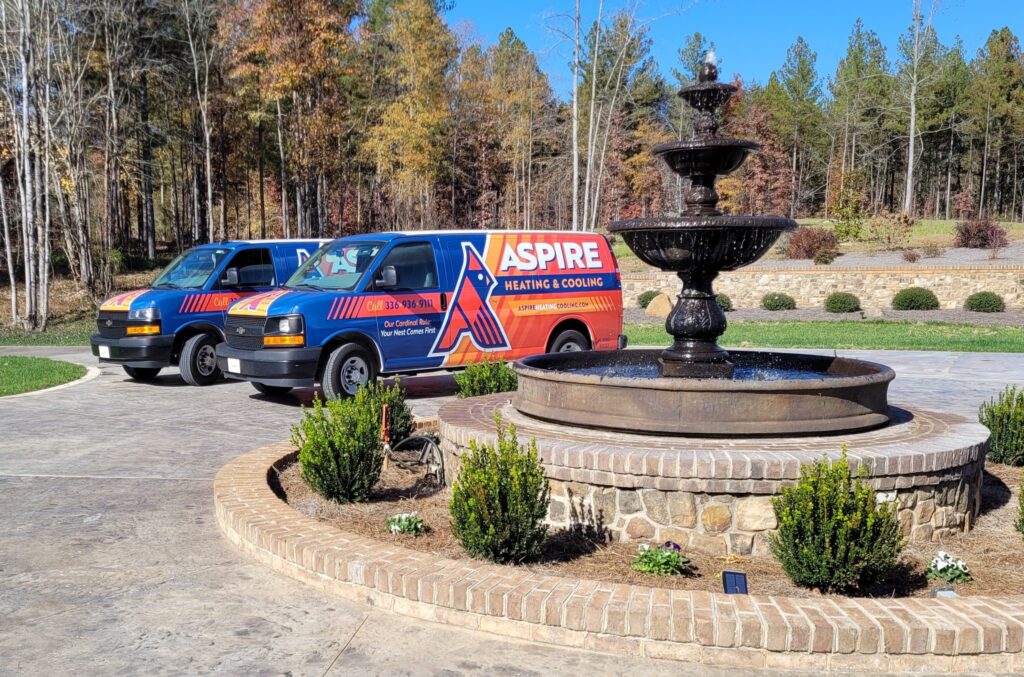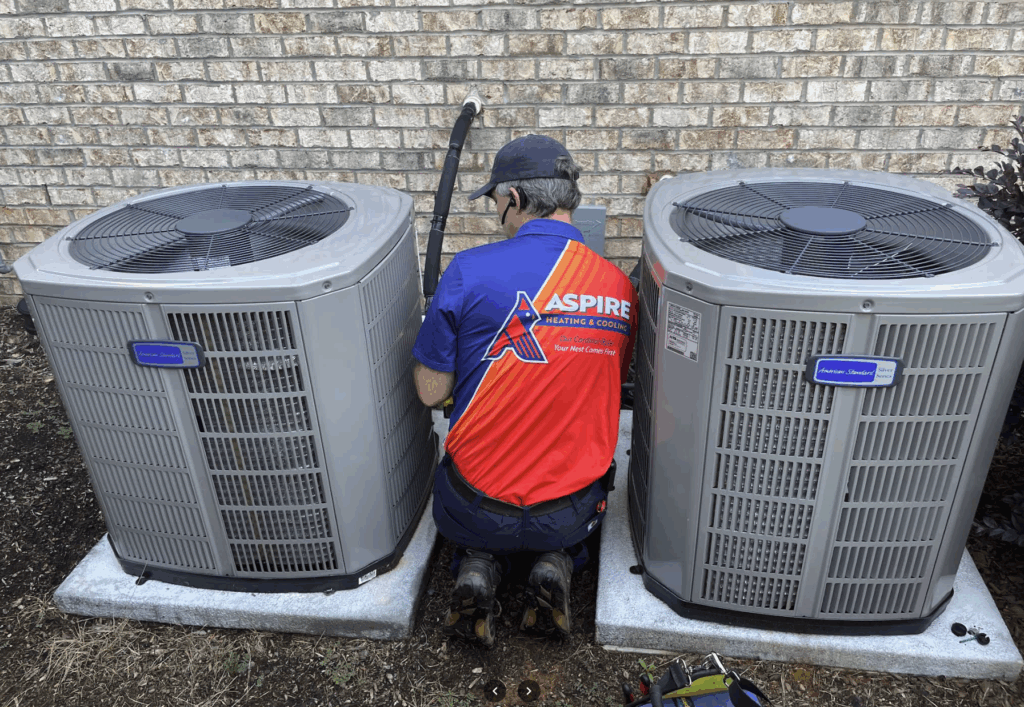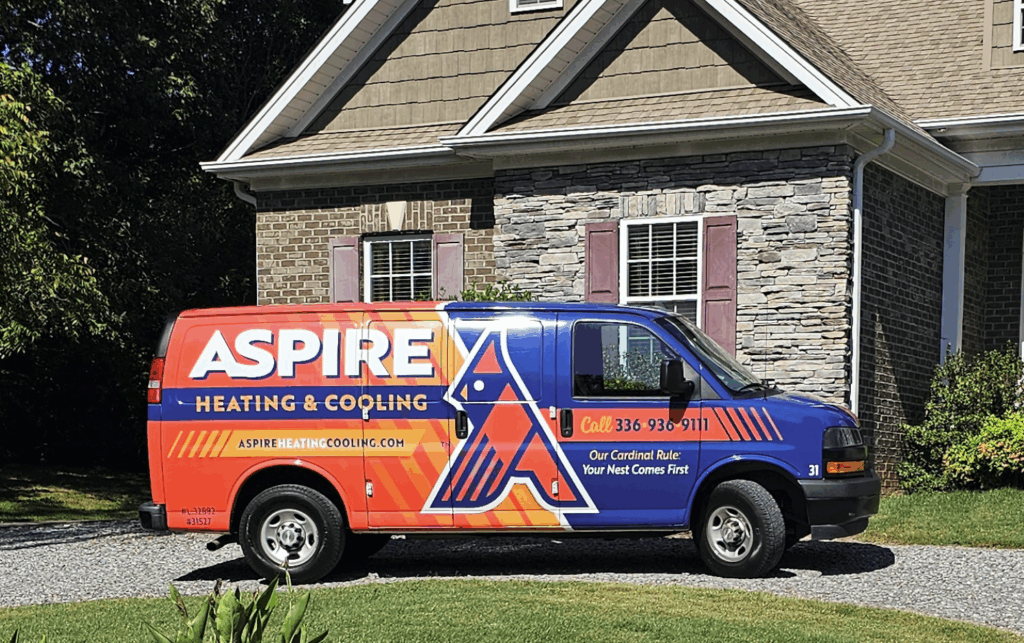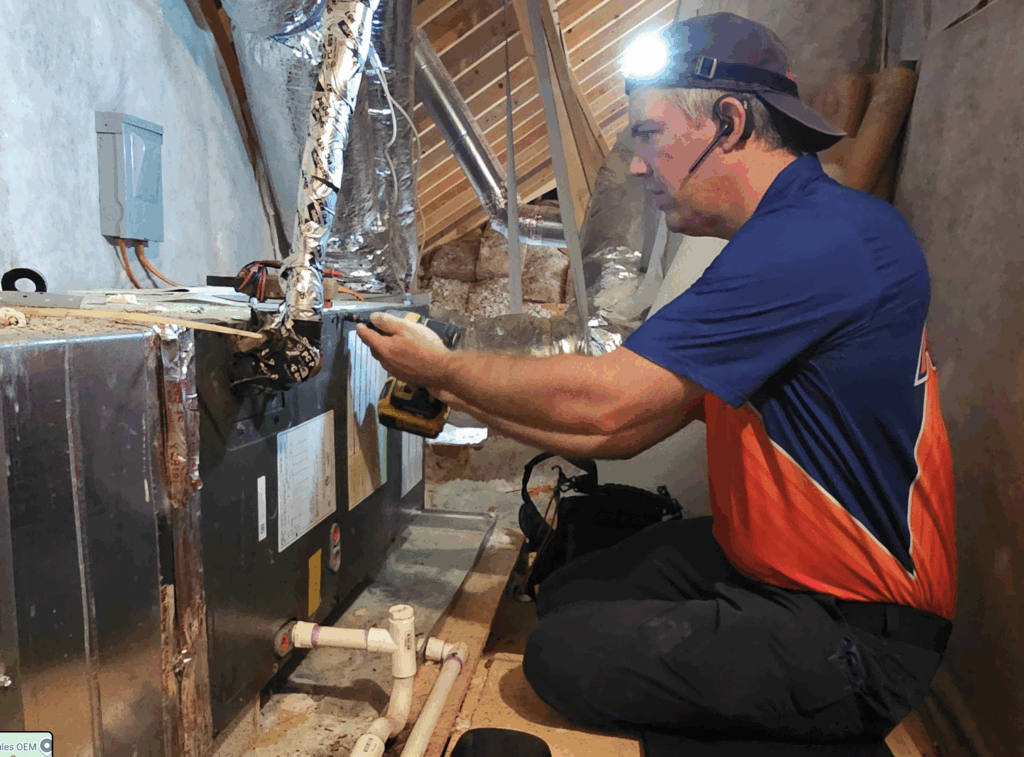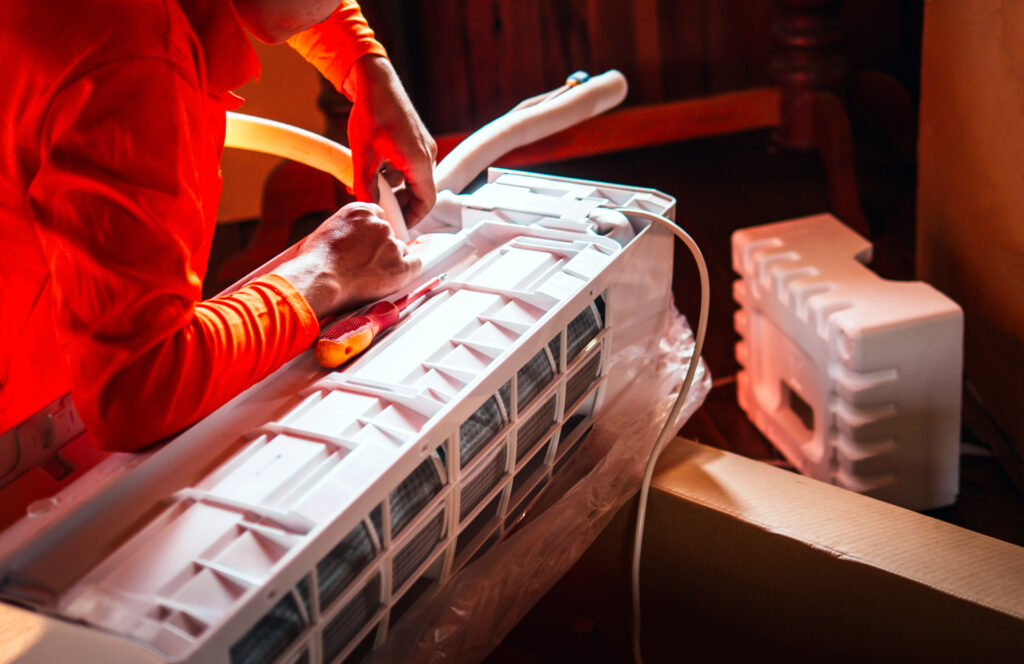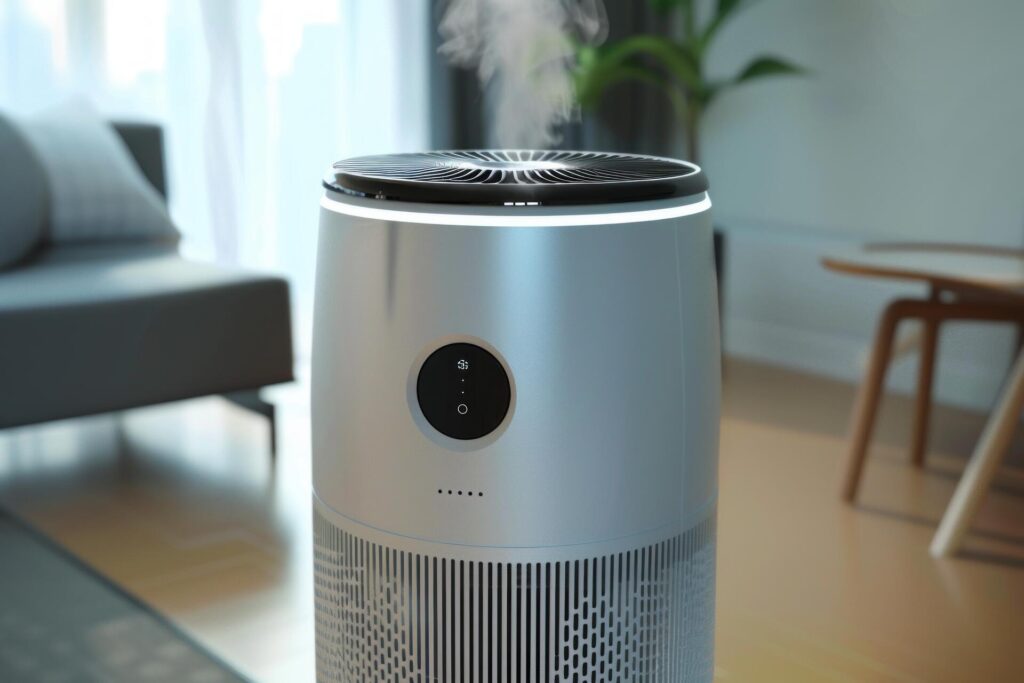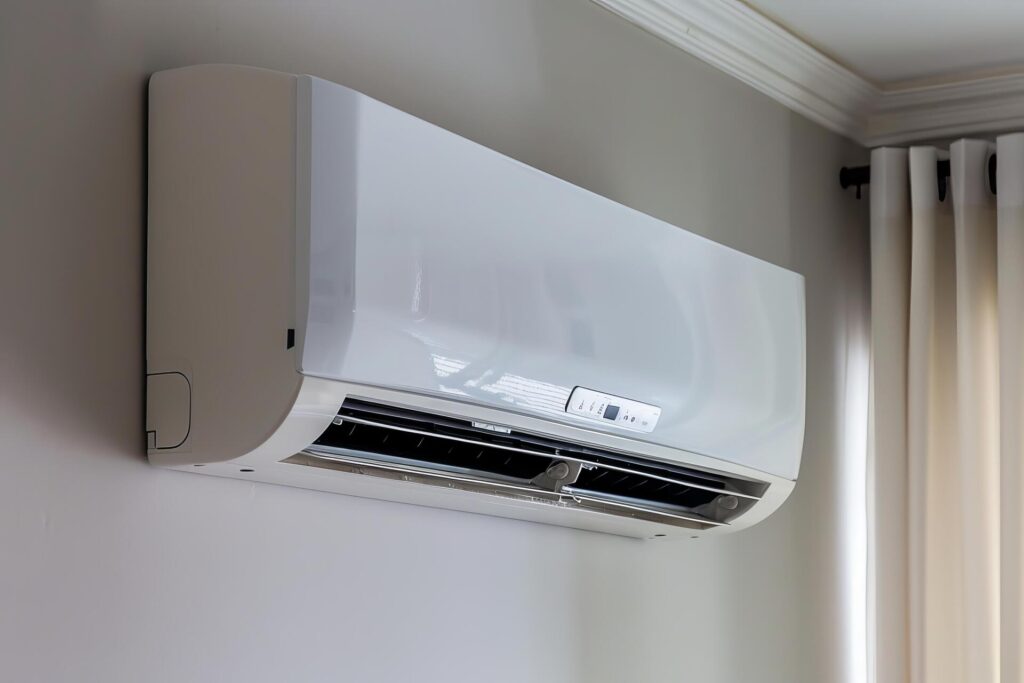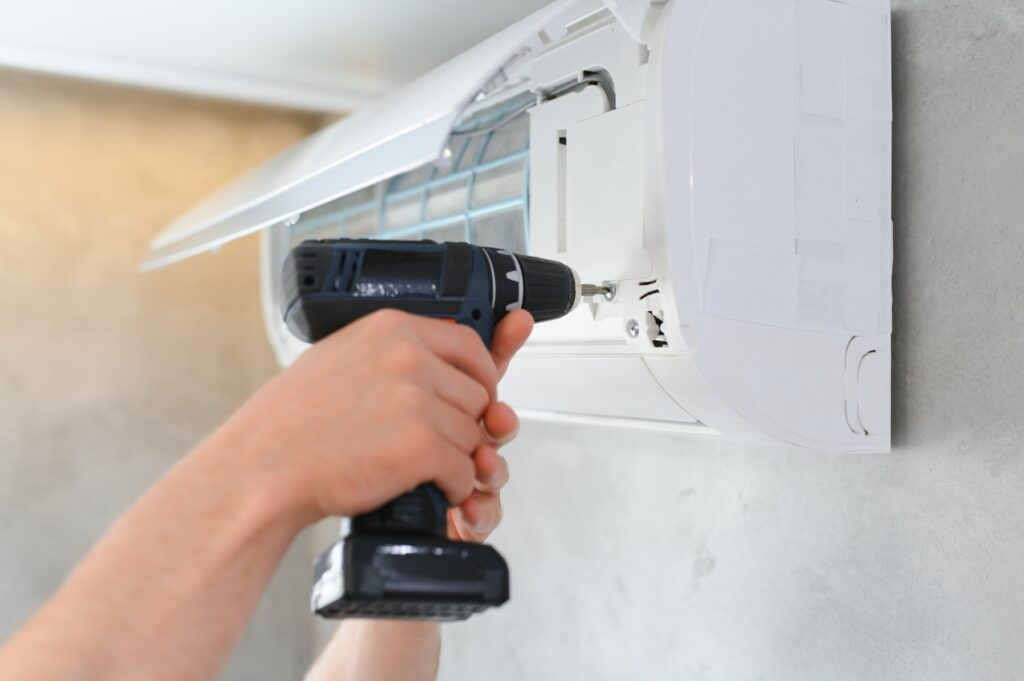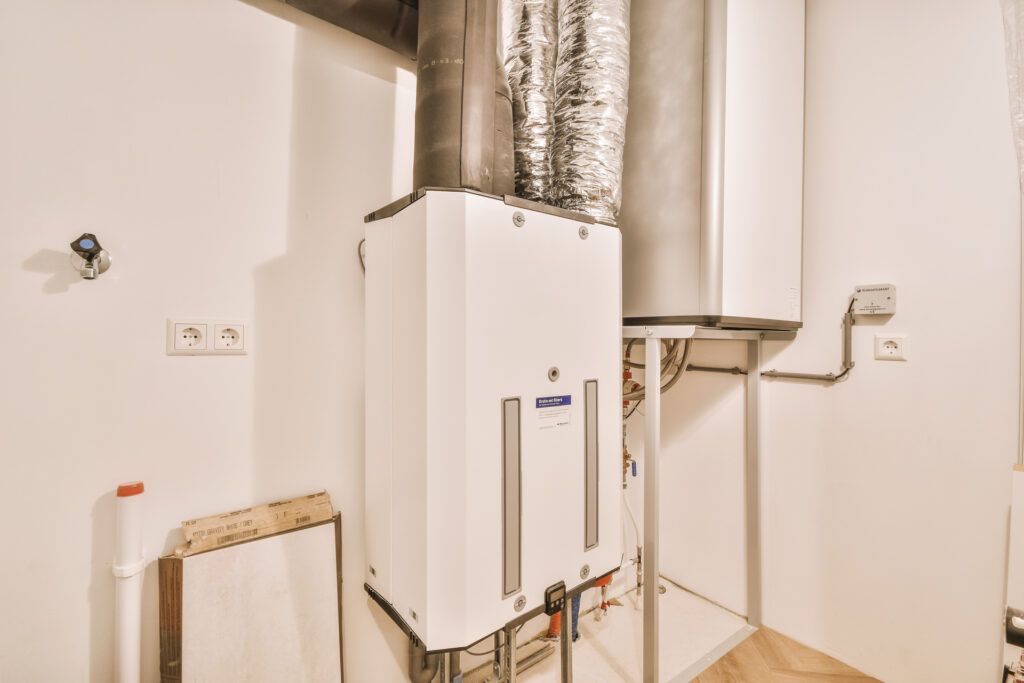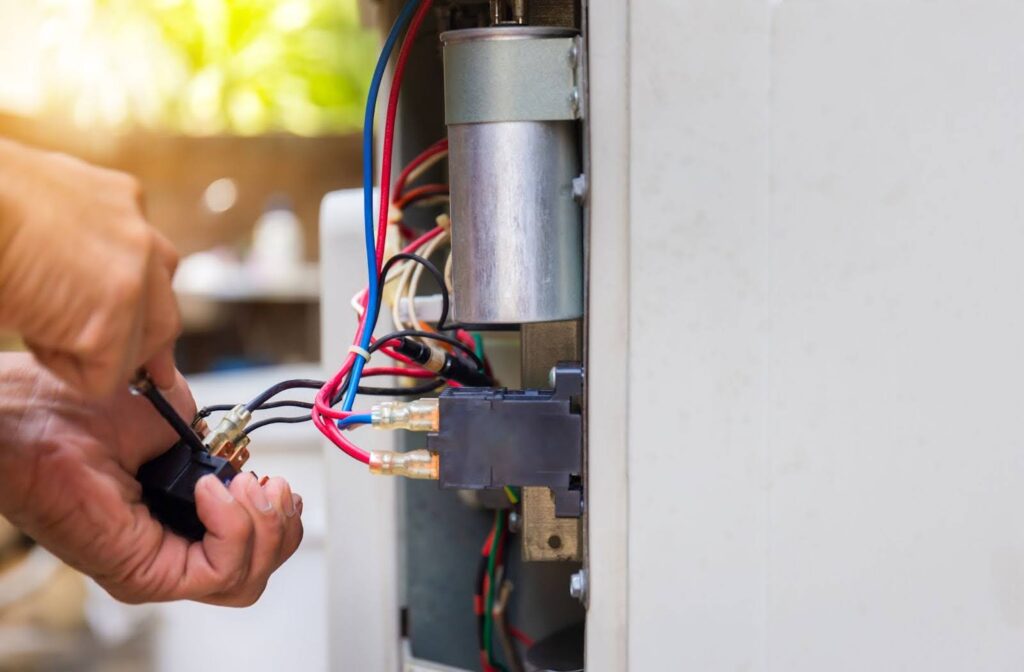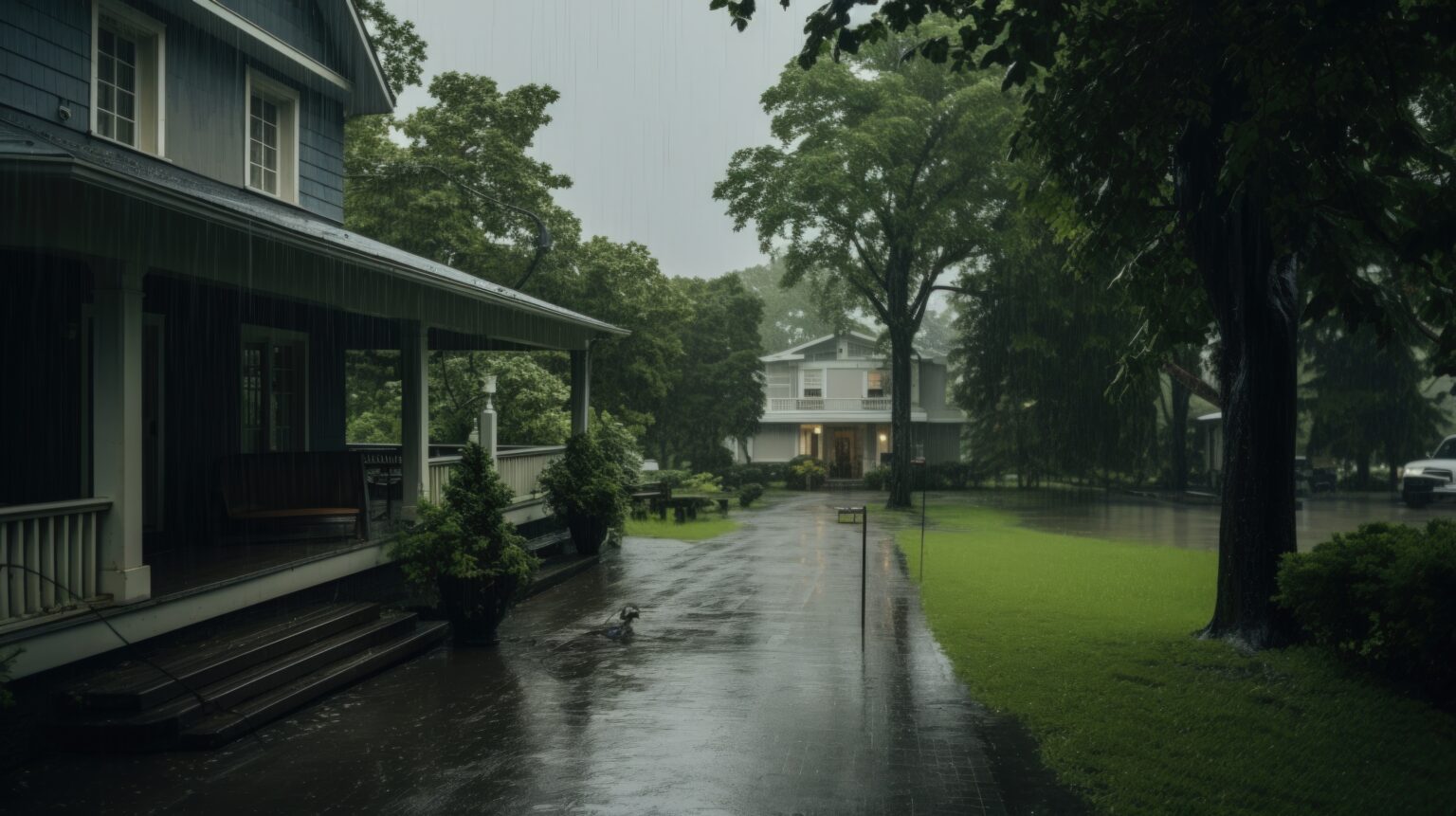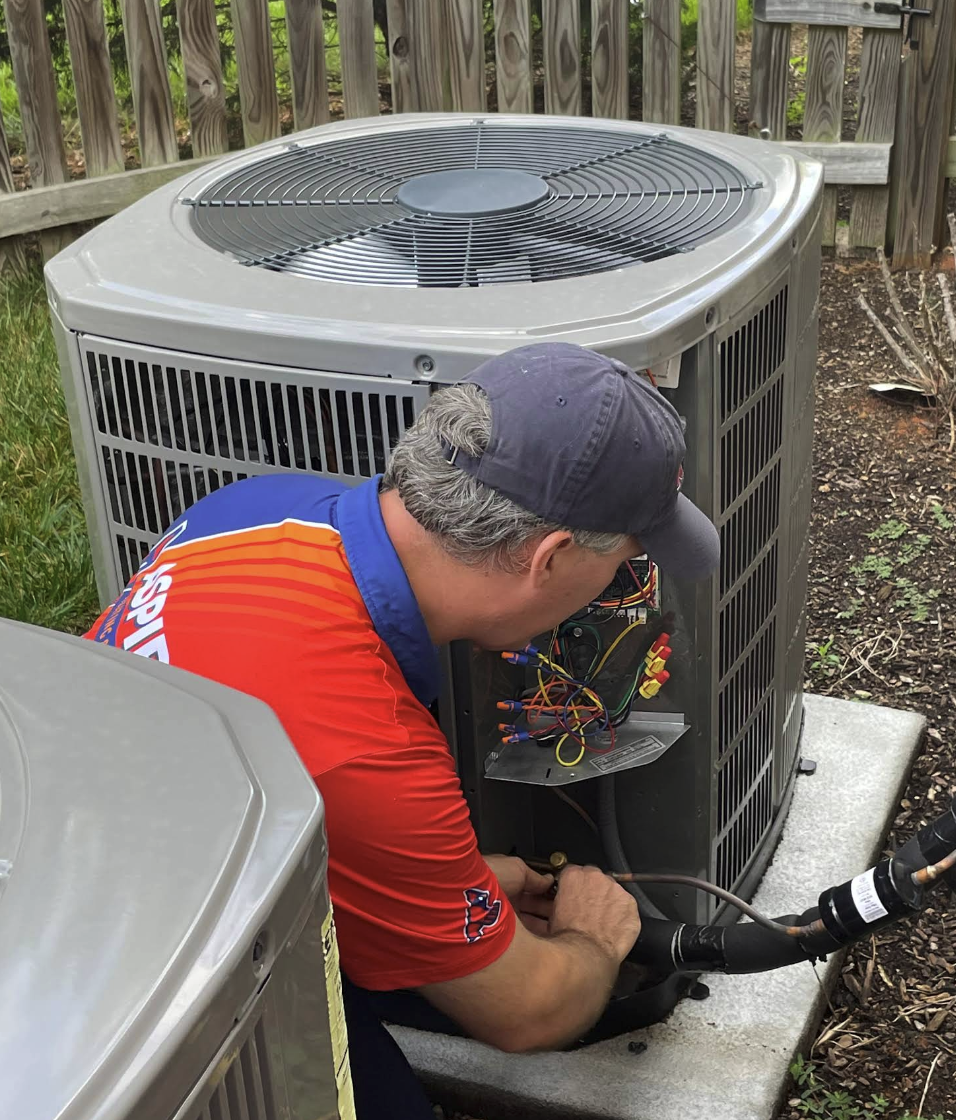Maintaining a comfortable and energy-efficient home in the Piedmont/Triad region largely comes down to understanding how local weather conditions influence your HVAC system. From managing seasonal humidity to optimizing performance during extreme temperatures, there’s more to consider than just adjusting the thermostat. Below, we’ll explore why this region’s climate matters for your HVAC, provide practical strategies for dealing with humidity and temperature swings, and uncover how informed maintenance decisions can contribute to a more comfortable living space.
Climate Challenges in the Piedmont/Triad Region
Nestled in North Carolina, the Piedmont/Triad area experiences a blend of sultry summers, cool winters, and moderate transitional seasons in between. The region is known for relatively high humidity levels in warmer months and periodic cold snaps in winter. These fluctuations demand an HVAC system that can adapt efficiently.
- High summer humidity: When summer temperatures soar, humidity can quickly become overwhelming. Sticky, hot conditions may strain cooling systems. If your air conditioner isn’t sized or maintained correctly, you could be left with an uncomfortably moist indoor environment.
- Winter cold spells: Although not as severe as in northern regions, winter still brings demands for sufficient heating performance to keep indoor temperatures cozy. Even short-lived cold snaps can leave you cranking up the thermostat.
- Seasonal transitions: The Piedmont/Triad region sees distinct shifts between seasons, occasionally marked by dramatic changes in temperature within a matter of days. That unpredictability requires heating and cooling equipment that can handle rapid transitions.
Understanding and preparing for these climatic nuances can lead to better indoor air quality, reduced energy bills, and more consistent comfort year-round.
Importance of Humidity Management
Humidity plays a powerful role in HVAC performance. Too much moisture in the air can foster mold growth and reduce air quality, while excessively dry air can irritate respiratory systems and result in static electricity. Striking the right humidity balance is vital, and your HVAC system is a key player in maintaining that equilibrium.
How Humidity Affects Cooling Efficiency
When indoor humidity levels are high, air conditioners work harder to draw moisture out of the air and deliver cool comfort. An overworked system can lead to higher utility bills, faster wear on components, and inconsistent temperature regulation.
High humidity levels indoors can worsen respiratory issues and aggravate allergies. If your home regularly exceeds this level, consider a dehumidifier or upgrade to an HVAC system with built-in humidity control to improve overall comfort.
Balancing Winter Dryness
During winter, especially in regions with cooler temperatures, heated indoor air can become dry. Low humidity contributes to chapped skin, sinus irritation, and a pervasive feeling of stuffiness. To counter these issues, many homeowners use a whole-home humidifier, which integrates with the existing HVAC system to maintain moisture within an ideal range. A properly balanced environment supports healthier living conditions and helps your HVAC equipment run more efficiently.
Seasonal Strategies for Optimal Performance
Efficient HVAC performance isn’t just a matter of having the right equipment; it’s about making small adjustments tailored to local conditions throughout the year.
Fall and Spring Tune-Ups
While routine maintenance is recommended at least twice a year, the transitional seasons—fall and spring—are ideal for scheduling inspections. A comprehensive check ensures your air conditioner or heat pump is in peak shape for the upcoming months. During a fall or spring tune-up, technicians often:
- Calibrate thermostats to verify accuracy in temperature settings.
- Inspect ductwork for leaks or obstructions.
- Clean or replace air filters to ensure proper airflow.
- Check refrigerant levels, fans, and motors for signs of wear.
Staying Prepared for Extreme Highs and Lows
In summer, keep blinds or curtains closed during peak sunlight hours to reduce heat gain and lighten the load on your AC. Sealing air leaks around doors and windows prevents that precious conditioned air from escaping. In the colder months, reversing your ceiling fan’s direction to clockwise can push warm air downward, aiding the performance of your heating system.
By mid-January, the area can experience lows in the 30s (°F). That swift drop demands that your HVAC system remain reliable at all times. Ensuring the heating component is tuned and ready can prevent uncomfortable indoor temperatures and the risk of frozen pipes.
Efficiency That Pays Off
Energy bills are at the top of many homeowners’ minds, especially when weather extremes stretch your HVAC system. Simple measures help lower overall energy consumption and prolong equipment lifespan:
- Invest in a programmable thermostat: Automating temperature adjustments to match your daily routine avoids unnecessary heating or cooling when you’re away or asleep.
- Replace air filters regularly: A clogged or dirty air filter forces your HVAC to work harder, wasting energy and compromising indoor air quality.
- Seal ducts and insulate: Air leaks in ductwork lead to uneven temperature distribution and higher bills. Make sure your ducts are sealed and well-insulated.
- Consider high-efficiency systems: Upgrading to a more efficient model can result in significant energy savings. Many newer units come with advanced humidity control features as well.
Local Expertise and Routine Maintenance
Since the Piedmont/Triad weather can be unpredictable—muggy one moment and brisk the next—dialing in professional support ensures your HVAC system remains responsive. Experienced technicians can perform load calculations, recommend suitable equipment, and guide you toward strategic upgrades, like dehumidifiers or high-efficiency furnaces, that best match local climatic demands.
A dedicated service provider not only diagnoses issues but also proactively addresses potential problems before they escalate. Regular visits boost operational efficiency, prolong system service life, and help maintain a stable indoor climate. Solutions such as preventive maintenance plans offer homeowners peace of mind, allowing them to enjoy comfort regardless of weather surprises.
Elevating Indoor Comfort Through Informed Choices
At the end of the day, local weather patterns significantly shape your comfort, budget, and overall HVAC performance. A well-maintained heating and cooling setup is less likely to break down when you need it most. Plus, year-round attention to humidity levels and energy efficiency saves money and reduces household stress.
By tracking how often your system cycles, monitoring indoor humidity, and keeping an eye on upcoming seasonal changes, you can stay a step ahead of any extreme conditions. When combined with professional guidance and consistent maintenance, your HVAC system can keep delivering optimal comfort for all seasons the Piedmont/Triad region has to offer.

